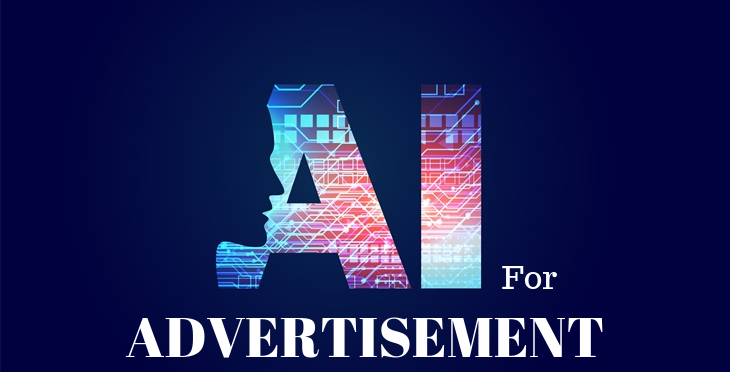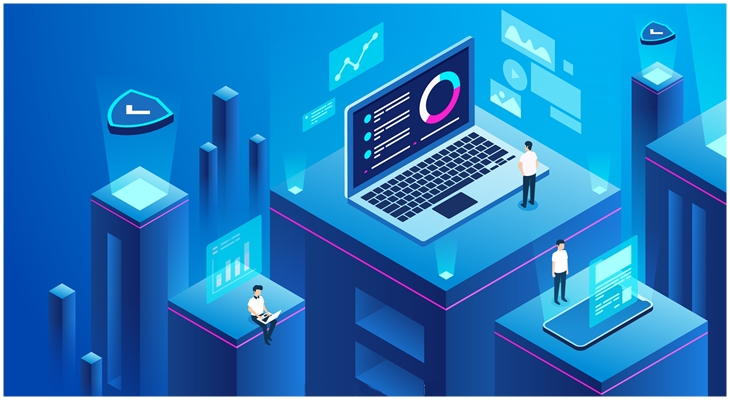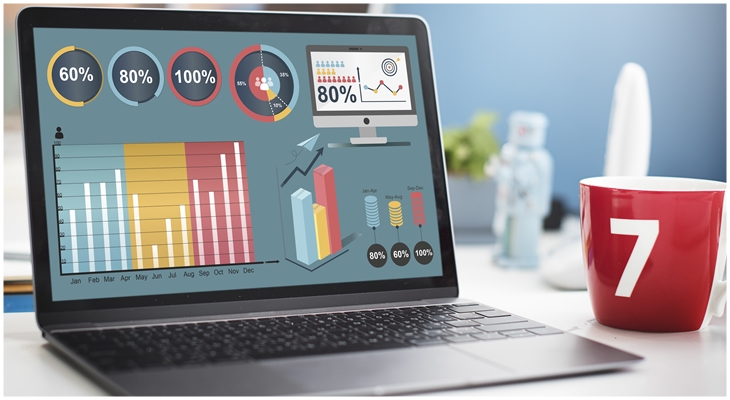Artificial Intelligence (AI) is considered an umbrella term that generally covers different technologies like computer vision, machine learning, computer networks, pattern recognition, deep learning, speech recognition, and many more.
AI technologies are surely very technical for a layman to understand, but as a marketer, you don't need to dive deeply into those technicalities to take advantage.
In this flood of AI revolution, many organizations want to take leverage on building their brand marketing strategies.
With the help of AI, any organization can create a great "personalized customer experience" at a very low cost.
That’s why 48% of sales and marketing teams rely on AI & machine learning techniques for their operations.
Some more facts on AI for marketing from different research organizations:
- AI and ML algorithms aid in Netflix’s 80% of the personalized recommended content that the viewers watch.
- As per a survey by Gartner, 98% of the respondents revealed that they are leveraging AI for customer engagement purposes.
Many organizations around the globe are using AI for their advertisement campaigns. AI’s relation with advertising goes hand in hand because AI analyzes data better than anyone (even humans) at a large scale.
Advanced AI learns from data to do better analysis and then make predictions & recommendations accordingly.
Moreover, consumers are paying attention to digital advertising these days on various digital platforms like Instagram, Facebook, YouTube, and other social media channels.
We are often surprised when Netflix recommends our favorite movies and TV series. These recommendations are purely based on your behavior on the application. Let's try to understand that,
How does Netflix know "what we want to or are going to watch?"
An individual's surfing behavior on an application plays a crucial role here.
Netflix analyzes your surfing patterns i.e. your taste for movies or web and TV series, how many times you watched a particular genre movie, how you watched that movie - are you fast-forwarding it or rewinding it?
After considering all these myriad variants, you get recommendations on your application.
Here, AI not only fulfills users' needs but also internally promotes web and TV series and movies.
This gives an additional benefit to content makers, as their views are continuously increasing, and this can over a period of time translate into coming onboard of more subscribers.s.
Google has always shown a special interest in AI and ML. Many people don't know that Google Ads has already implemented AI in its advertisement model. AI helps to identify the users' tastes, and as per that, it shows Ads.
This approach gives a high return on investment (ROI) to the organization.
In April 2018, Google came with a silent update. They announced that they would start offering Ad recommendations on the Google Ads Recommendation page.
Only the selected amount of people got this news via mails and most of the marketers didn't even notice it.
To simplify this update, "Google is generating ads for your campaign." Yes, you read it right.
Google Ads uses AI to create text ads, and these ads will go live on your account within 14 days. You also have an option to opt out of this feature.
Nowadays, social networking sites sell their confidential data to corporations, and this data is nothing but yours and my personal information.
This could be our demographic info, our taste towards a particular segment, our buying behaviors, etc.
However, Facebook, on the other hand, targets our data with a different approach. As Facebook itself is a market leader, it uses AI for research and development purposes.
"AI in advertising" is becoming a pinnacle, that's why Facebook uses it as prior equipment which they named as "FBLearner Flow."
This program dedicatedly works on user behavior on Facebook.
How we behave after seeing a particular ad, what we buy, how we buy, is that ad useful to us, what we ignored, why we ignored that ad, is that ad worth it, even what are we going to think before purchasing, questions like these and hundreds of others are taken into consideration in this AI program to make user experience and advertising model much better.
Facebook’s sister company, Instagram, with 2.3 billion monthly active users uses AI in various ways.
AI changed the business parameters worldwide and became the second-largest marketing trend right after customer personalization.
Just like other market giants, Instagram is also taking full advantage of AI. Instagram data is very valuable as it became the fourth most popular social networking site for January 2024, as per Statista.
Instagram data provides a numerous amount of insights to various businesses, which are interested in selling their products and services.
Instagram, on a daily basis, monitors the "search preferences" and "user engagement" of its users. Instagram provides a restricted amount of data to advertisers, measurement partners, researchers, and academics.
In this way, some of the advertising companies can reach you and me with a specific marketing message.
Not only this, but Instagram also observes our likes, dislikes, whom we follow, whom we block, and many other aspects.
Advertisement on Instagram is Offered in 6 Ways
- Stories ads
- Photo ads
- Video ads
- Carousel ads
- Collection ads
- Ads in explore
After having a brief on the usage of AI in multiple channels, let's have a look at some applications of AI in marketing & advertising.
As discussed above, digital advertising and AI are very close to one another.
Many leading IT and internet-based organizations are using AI to make user-friendly ads, as per users' tastes and needs.
To achieve this goal, organizations are analyzing user data on a daily bases like their demographical information, interests, and many other aspects to detect their brand value in the eye of the user.
Google AdWords has already implemented an automatic action-based system where the advertisers have to pay the lowest amount per conversion.
You May Also Like to Read:
Applications of Computer Vision in HealthCare
Artificial Intelligence Applications In The Food Industry





